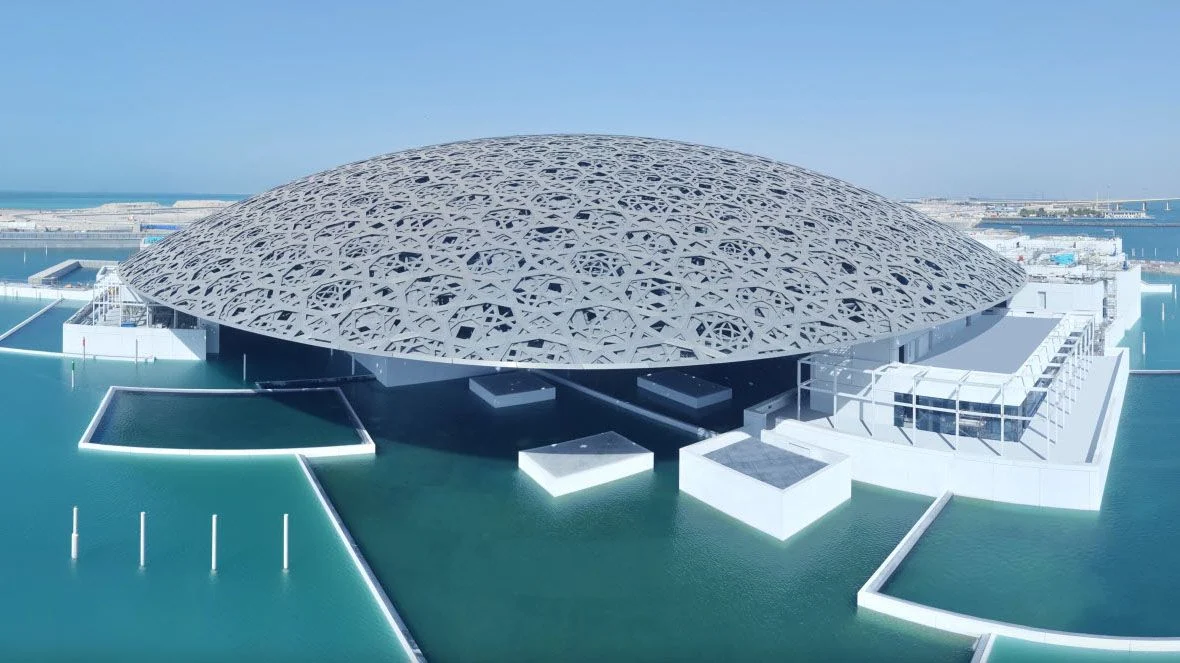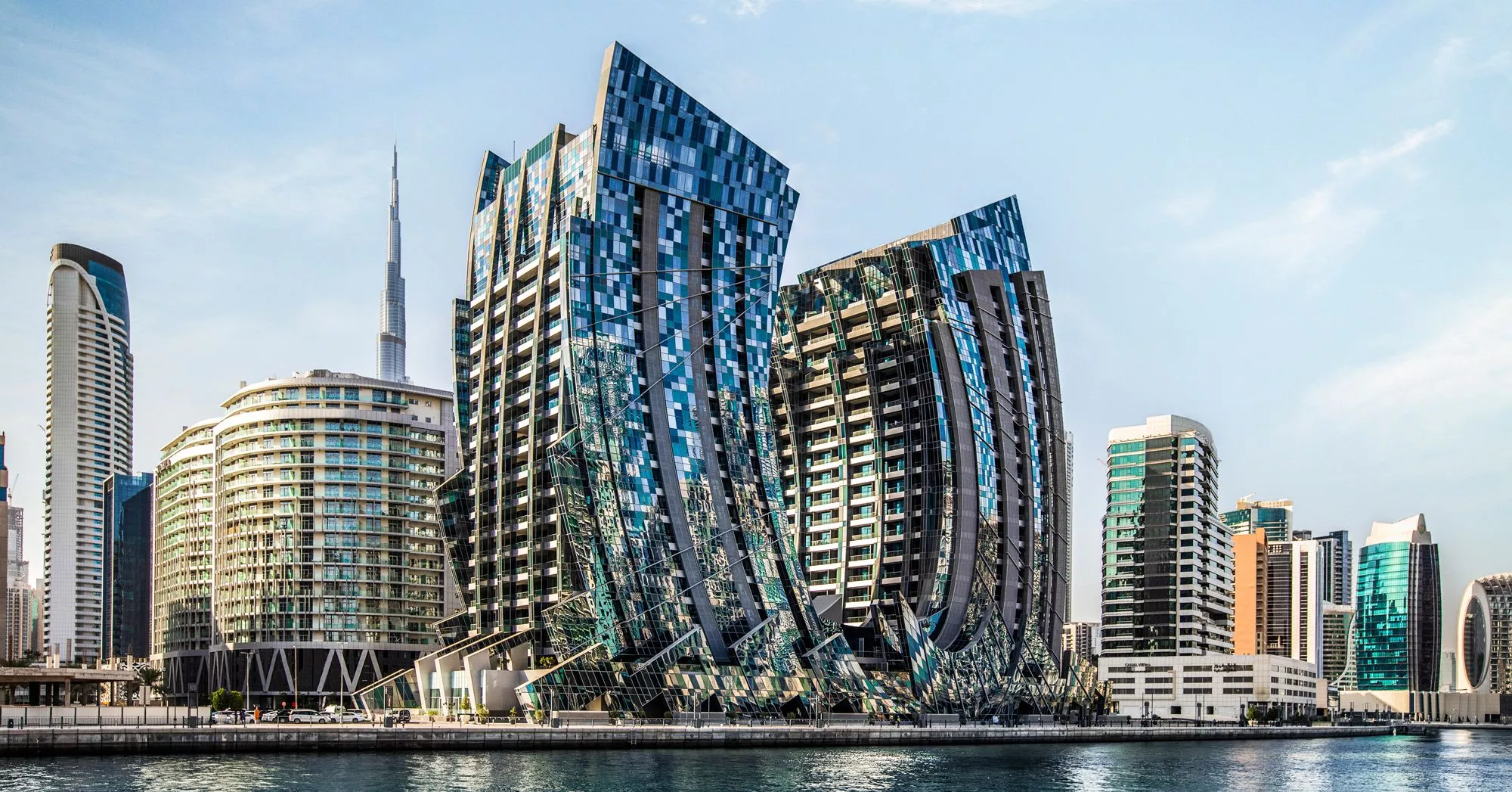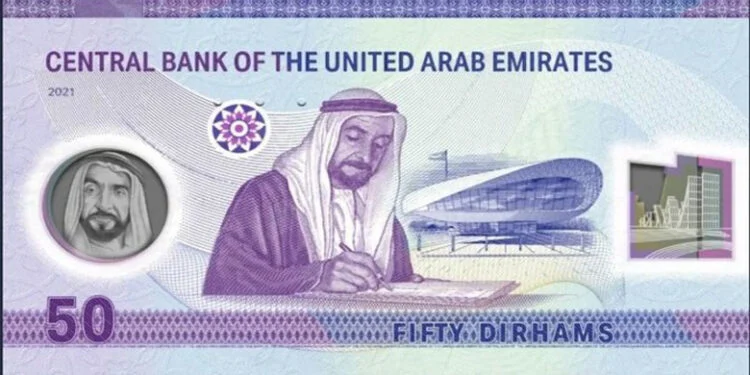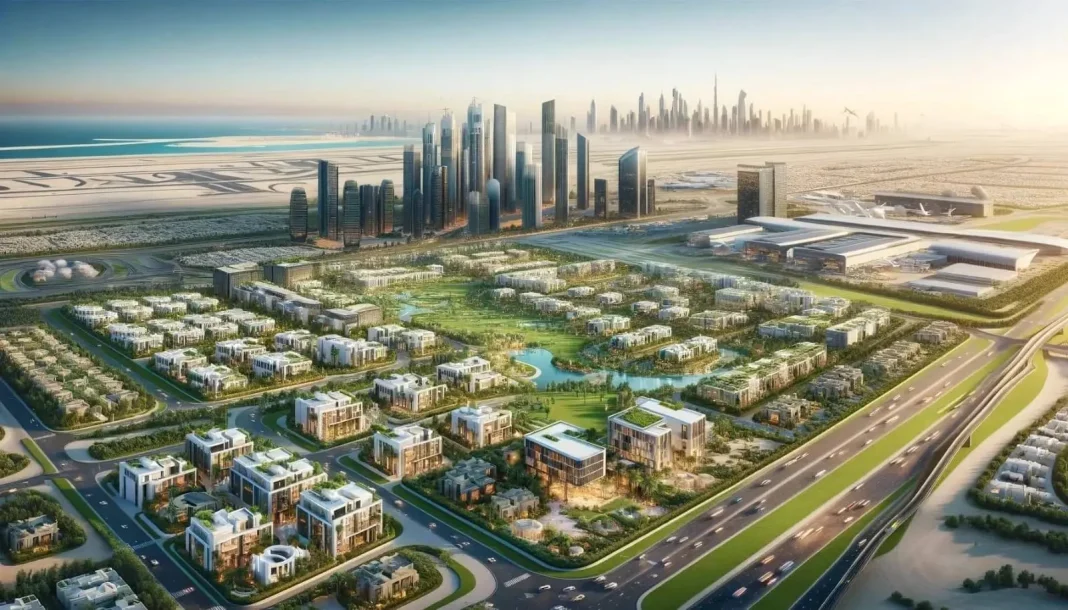The banking sector in the United Arab Emirates (UAE) has experienced significant growth in dirhams in recent years, establishing itself as one of the fundamental pillars of the country’s economy. This development is reflected in the substantial increase in the total capital and reserves of banks operating in the territory, as well as in their investments, which have reached historic levels. The solidity and expansion of the Emirati financial system are key indicators of the country’s economic health and its appeal as a regional financial center.
By mid-2024, the banking landscape in the UAE showed clear signs of strength and sustained growth. The data provided by the Central Bank of the UAE (CBUAE) reveal a notable increase in the total capital and reserves of banking institutions, both national and foreign. This growth not only demonstrates investors’ confidence in the Emirati financial market, but also positions the country as an increasingly important financial hub in the Persian Gulf region and globally.
The rise of capital and bank reserves in UAE

The banking sector of the United Arab Emirates has experienced impressive growth in terms of capital and reserves. According to the latest statistics from the Central Bank of the UAE, the total capital and reserves of banks operating in the country reached the staggering figure of 495.2 billion dirhams at the end of June 2024. This figure represents a year-on-year increase of 10.6% compared to the 447.8 billion dirhams recorded in June 2023.
It is important to note that this growth is not limited to a yearly comparison. The data shows a monthly increase of 1.5% in capital and reserves, indicating a consistently positive trend. Furthermore, during the first half of 2024, a growth of 1.2% was observed, reflecting the strength and stability of the Emirati banking sector even over shorter periods.
The CBUAE has clarified that these figures of capital and reserves do not include subordinated loans or deposits but do consider the profits of the current year. This distinction is crucial to understanding the true financial strength of the banks operating in the UAE, as it reflects a more accurate picture of their capacity to face risks and seize growth opportunities.
The dominance of national banks in the Emirati market
A notable aspect of the banking landscape in the United Arab Emirates is the strong presence and dominance of national banks. These account for an overwhelming majority of 86.3% of the total capital and reserves of all banking institutions operating in the country. In numerical terms, the value of the capital and reserves of national banks reached 427.5 billion dirhams at the end of June 2024.
This figure not only reflects the financial strength of local banking institutions but also shows a significant year-on-year growth of 10.6% compared to the 386.6 billion dirhams recorded in June 2023. The constant expansion of national banks is a clear indicator of the confidence investors and depositors have in the local financial system.
On the other hand, although with a smaller share, foreign banks have also shown notable growth in the Emirati market. Their share in the total capital and reserves reached 13.7%, with a value of 67.7 billion dirhams at the end of June 2024. This figure represents a year-on-year increase of 10.6%, in line with the growth observed in national banks. The presence and growth of foreign banks in the UAE underline the country’s attractiveness as a destination for international financial investments and its role as a global financial hub.
The Historic Record in Bank Investments

In addition to growth in capital and reserves, the investments of banks operating in the United Arab Emirates have reached unprecedented levels. According to Central Bank statistics, bank investments surpassed 680 billion dirhams by the end of June 2024, marking the highest level in the history of the country’s financial sector.
This achievement represents a year-on-year increase of 18.4%, raising total investments to 680.2 billion dirhams compared to approximately 574.3 billion recorded in June 2023. In absolute terms, this means an increase of 105.9 billion dirhams in just 12 months, a figure that reflects the confidence and dynamism of the Emirati banking sector.
The composition of these investments offers an interesting insight into the strategies adopted by banks in the UAE. Bonds held to maturity accounted for the largest portion of investments, with 48.8% of the total, reaching 332.2 billion dirhams at the end of May. This data shows a monthly increase of 0.1% and an impressive year-on-year growth of 26.2%, indicating a preference for long-term and lower-risk investments.
On the other hand, investments in securities representing third-party debt (debt securities) constituted 41.1% of total investments, with 279.6 billion dirhams. This segment experienced a month-on-month increase of 2% and a year-on-year growth of 12.5%, reflecting a continued interest in debt instruments as part of the banks’ investment strategies.
Investments in equities, although representing a smaller part of the total, showed significant growth, reaching 16.7 billion dirhams in June 2024. This figure represents a year-on-year increase of 38% and a month-on-month growth of 1.8%, indicating a growing interest in equity investments.
It is important to note that these investment figures do not include banks’ deposits with the Central Bank in the form of Certificates of Deposit and Monetary Bills, which further highlights the magnitude of active investments made by banking institutions in the UAE.
In conclusion, the banking sector of the United Arab Emirates shows outstanding health and dynamism, with significant growth in capital, reserves, and investments. This positive trend not only strengthens the UAE’s position as a regional financial center but also contributes to the country’s overall economic development, providing a solid foundation for future growth and economic diversification.



